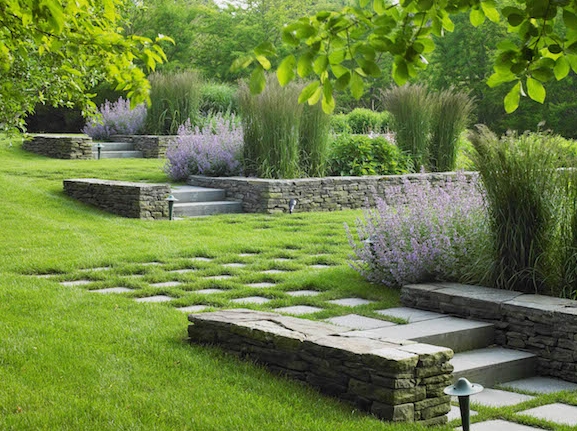Beautiful landscape architecture has the power to transform our surroundings, blending nature with human design to enhance both functionality and aesthetics. As urban spaces grow and environmental concerns rise, the role of landscape architecture in creating sustainable, beautiful, and livable environments becomes increasingly relevant. This article explores some key elements that make landscape architecture captivating, as well as practical tips for appreciating and incorporating these designs into our lives.
The Harmony of Nature and Design
One of the most striking aspects of beautiful landscape architecture is its ability to harmonize natural elements with human-made structures. Skilled landscape architects carefully consider the unique characteristics of the site, including soil, climate, and topography, to design spaces that work in harmony with their environment. For instance, using native plants not only enhances the local ecosystem but also adds texture and color that will thrive over time with minimal maintenance. By integrating water features, seating areas, and pathways, landscape architects create spaces that invite people to engage with nature, promoting relaxation and socialization.
Sustainability in Landscape Architecture
Sustainability is a crucial consideration in modern landscape architecture. With increasing awareness of environmental issues, many designers are focusing on eco-friendly practices that reduce ecological impact. This includes using permeable surfaces to manage stormwater, planting drought-resistant plants to conserve water, and incorporating edible landscapes that provide fresh produce while enhancing biodiversity. By prioritizing sustainability, landscape architects not only create beautiful designs but also contribute to healthier communities and ecosystems. This approach encourages individuals and families to get involved, fostering a deeper connection with the environment and a greater sense of responsibility towards it.
Creating Inviting Public Spaces
Public spaces play a vital role in enhancing community well-being, and landscape architecture can transform these areas into inviting, multifunctional environments. Parks, plazas, and urban gardens designed with thoughtful layouts and diverse amenities encourage interaction and engagement among community members. Incorporating features like walking trails, playgrounds, and art installations makes public spaces appealing for all ages, fostering social connections and a sense of belonging. Furthermore, well-planned public spaces can stimulate local economies by attracting visitors and providing venues for community events. The careful design of these areas illustrates how landscape architecture enhances not just personal enjoyment but also collective experiences.
In conclusion, beautiful landscape architecture fosters a greater appreciation for nature and plays a vital role in creating sustainable, welcoming environments. By harmonizing design with nature, prioritizing sustainability, and enhancing public spaces, landscape architects contribute significantly to the quality of life for individuals and communities alike. If you’re intrigued by the beauty and functionality of landscape architecture, consider exploring local parks or even starting your own garden project—every small step contributes to a more vibrant world.

